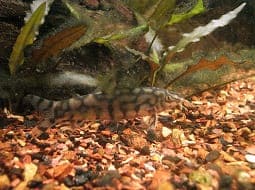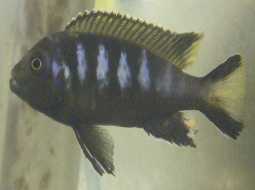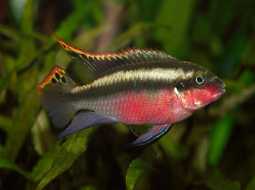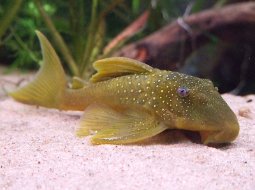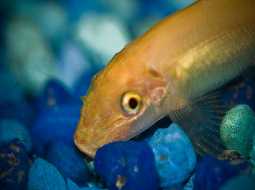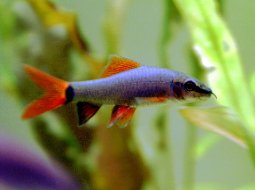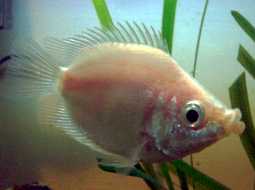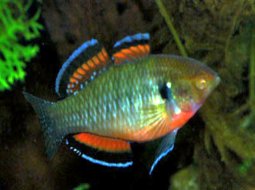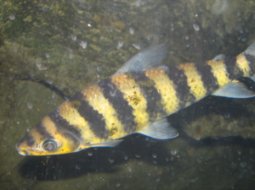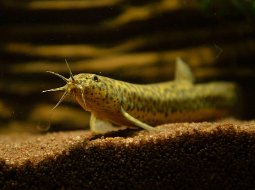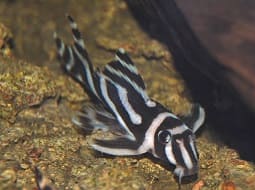
Loading Aqualapp ...
Care and Compatibility of Corydora Fish - Corydora
Introduction
Corydoras, also known as Corydoras Catfish, are a group of freshwater fish belonging to the family Callichthyidae. They are native to South America and are known for their unique appearance and interesting behavior. These fish are popular among aquarium enthusiasts due to their peaceful nature and their ability to help keep the aquarium clean by scavenging for food in the substrate.
Behavior
Corydoras are peaceful and sociable fish that generally get along well with other peaceful species in the aquarium. They are active bottom-dwellers and feel more secure when kept in groups. They enjoy foraging in the substrate for food and exploring their surroundings. They are also known for their "gliding" behavior on the water surface to take in air.
Sexual Dimorphism
Sexual dimorphism in Corydora catfish is minimal and difficult to distinguish. Males and females have a similar appearance, but during the breeding season, females may be larger and have a more rounded abdomen due to the presence of eggs.
Reproduction
Breeding Corydoras in the aquarium can be challenging but is possible with proper conditions. Pairs often engage in courtship rituals, followed by the laying of eggs on a flat surface or on plants. The parents typically do not care for the eggs or fry, so it is recommended to separate them to prevent predation. The eggs hatch in about a week, and the fry should be fed with small, nutritious food.
Aquarium Conditions
The Corydora catfish (Corydoras aeneus) is an active and peaceful bottom-dwelling fish that thrives in community aquariums. It prefers well-planted aquariums with soft substrates and hiding spots, such as caves and driftwood. Maintaining good water quality is important, as well as providing a balanced diet that includes live foods and pellets.
Feeding
Corydoras are omnivorous fish and accept a variety of foods in their diet. In their natural habitat, they feed on small organisms, insect larvae, algae, and organic matter. In the aquarium, you can feed them with commercial sinking pellets or tablets specifically designed for bottom-dwelling fish. They also appreciate live or frozen foods such as daphnia, brine shrimp, and bloodworms. Providing a balanced diet is important to maintain their health and vitality.
Complexity
Caring for Corydora catfish is relatively easy. They are hardy fish that can adapt to a variety of water conditions. They are omnivorous and accept a variety of foods. However, they can be sensitive to water quality and benefit from regular aquarium maintenance.
In case you need more help, or if you want to know into any topic related to the Corydora (Corydora Fish) and even any other species you can use the forums to ask what you need.
To do an analysis more detailed about coexistence and behavior of Corydora (Corydora Fish) use the Aquarium simulation tool, if you do this you can test different ways to combine the Corydora Fish with other fishes giving the dimensions and space on you aquarium, on this way you can known the optimal configuration for keep the fishes that you want.
You can also find out the 137 species compatible with the Corydora (Corydora Fish) can live together.
Note: The parameters of the water such as PH and temperature are also used to calculate the compatibility of the species.
Compatible species (137)
Compatible (100 Species)
Compatible without any restriction
Tengo un cola roja y dos corydoras y no han tenido ningún problema
Similar Sizes (1 Species)
Pueden convivir si son de tamaños similares, pero evidentemente el pez koi ira creciendo y llegara el momento en que podría caber por la boca del pez koi y comérselo.
With Reservation (15 Species)
By nature these fish know that they should not eat other fish with an exoskeleton but it could be the case that they try to eat it out of hunger or because of the fish's personalize.
These fish know not to eat other fish with an exoskeleton, but you might try to eat it.
By nature these fish know that they should not eat other fish with an exoskeleton but it could be the case that they try to eat it out of hunger or curiosity.
Por naturaleza estos peces saben que no deben comerse a otros peces con exoesqueleto pero podría darse el caso que intente comerlo por hambre o por personalizad del pez.
Compatible in some cases, it depends on the nature and personality of the fish.
Las especies territoriales por lo general pueden convivir con especies protegidas con coraza, ya que no pueden hacerles daño por su dura piel, lo que si hay que tener en cuenta es tener un acuario con dimensiones favorables para que cada pez pueda delimitar un territorio, ya que la mayoría de peces acorazados son también peces de fondo y les gusta estar buscando lugares donde ocultarse.
Showdown over territory (9 Species)
Fish can live together as long as the space is spacious enough to delimit a territory, otherwise there may be aggressions for competing for the territory.
Los peces territoriales por lo general pueden convivir con peces protegidos con coraza, ya que no pueden hacerles daño por su dura piel, lo que si hay que tener en cuenta es tener un acuario con dimensiones favorables para que cada pez pueda delimitar un territorio, ya que la mayoría de peces acorazados son también peces de fondo y les gusta estar buscando lugares donde ocultarse.
Considerable size difference (11 Species)
It is not recommended to put them together, since both fish occupy the bottom area of the aquarium and can have a great difference in size between the two species.
They can coexist while they are similar in size or the size difference is not very abysmal, since as the fish grows it increases the chances of eating its partner that did not grow much.
Compatible if space is enough (1 Species)
They can coexist together if the aquarium they share is large and spacious enough for both species to feel good, as some fish may attack others to feel that they have little space and try to eliminate the competition.
Corydora Fish
Corydora

- Ph: 6 - 7.2
- Temperature (c°): 21 - 27
- Measures: 4 cm - 5cm
- Aquarium Capacity:
8 Liters - 2 Gallons - Alimentación: Omnivores
- Colores: Brown, Gris, White
- Comportamiento: Active, Likes to take refuge, Peaceful
- Habitad: American
- Morfología: Cuirass or Carapace, Thorns or pointed
- Preferencias del Acuario: Logs, Natural plants, Rocks, Sand
- Tamaño: Very small
- Taxonomía: Fish
- Tipo de Agua: Sweet water, Tropical waters
- Velocidad de nado o movimiento: Normal
- Zona de Nado: Aquarium background


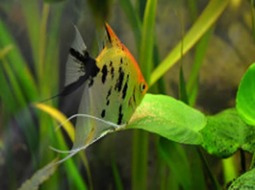
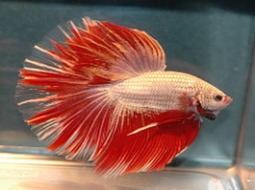
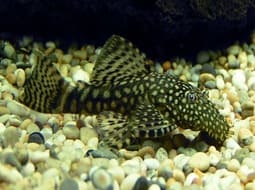

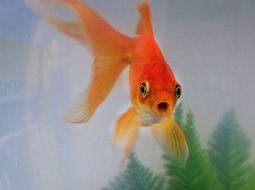

.jpg)
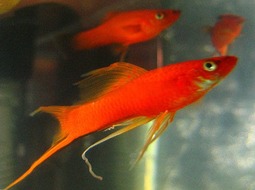
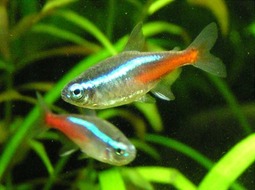
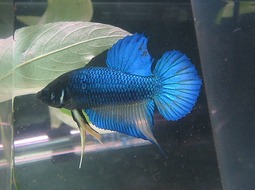
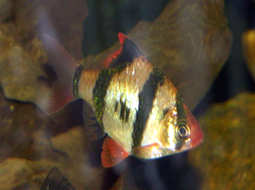
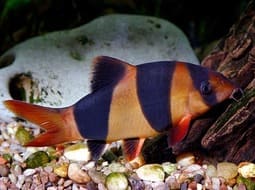
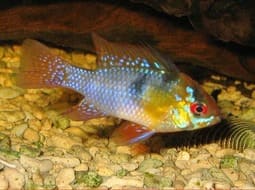

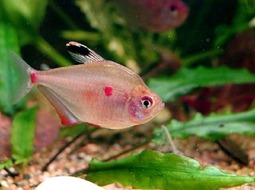
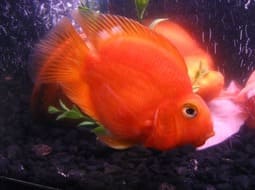
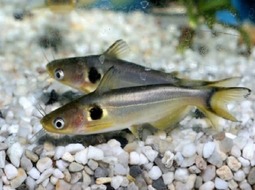
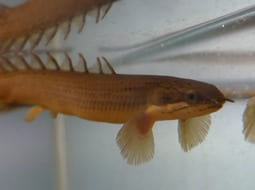
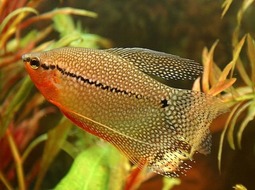
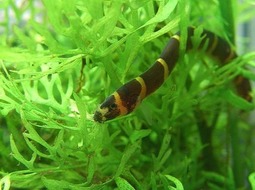
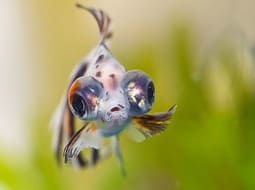
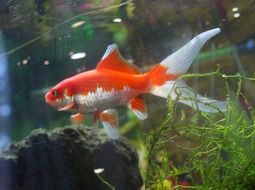

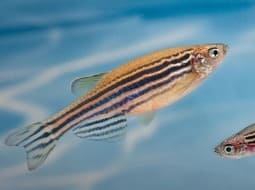
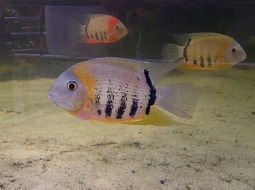
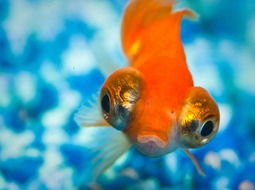

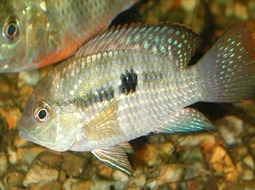

.jpg)




.jpg)
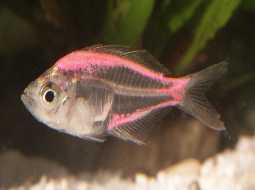
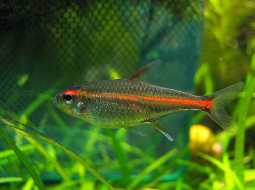
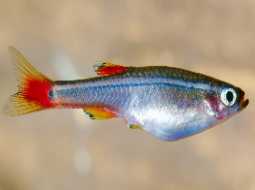
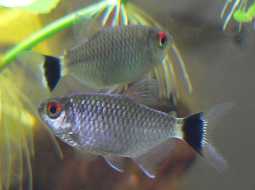
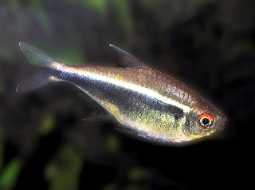

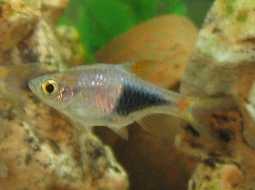
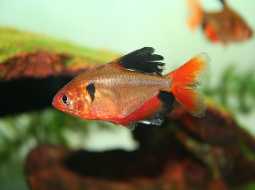
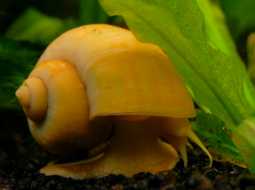
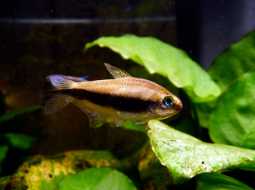
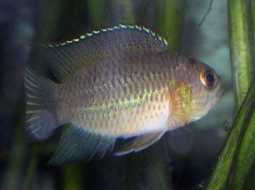


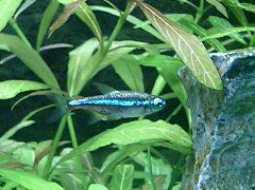

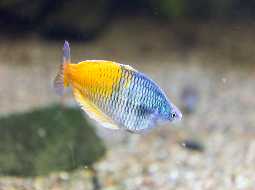
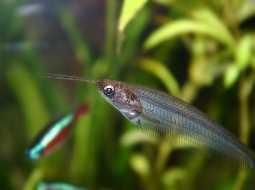
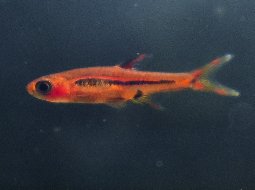
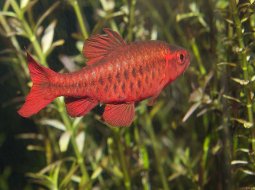


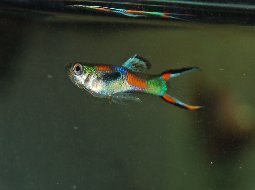

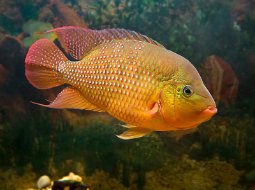
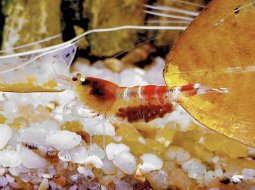

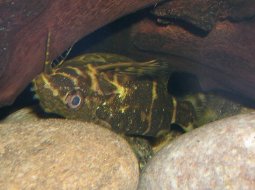
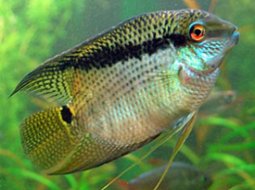
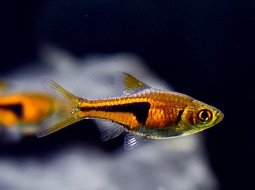

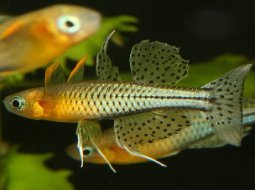



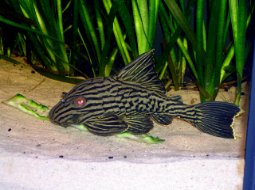
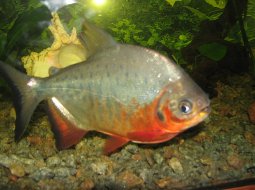
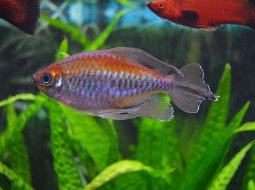

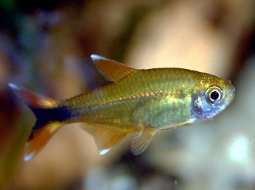
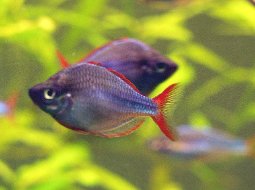

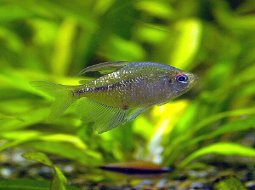



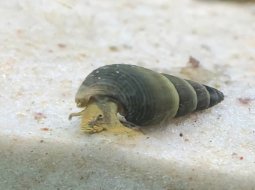
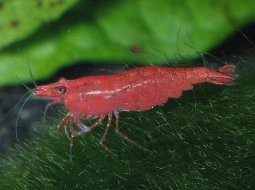
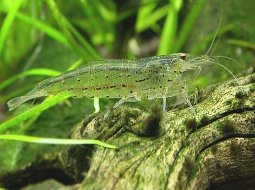
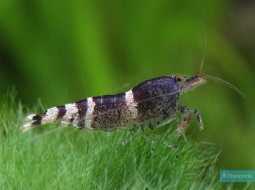

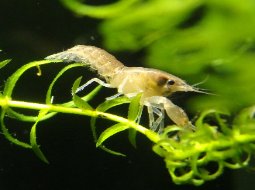
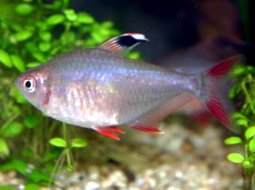

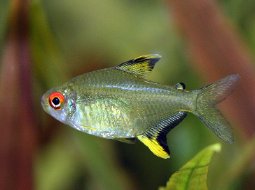
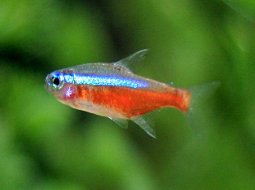
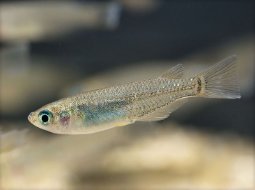
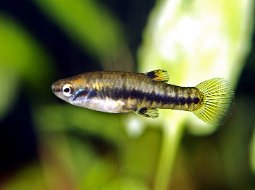
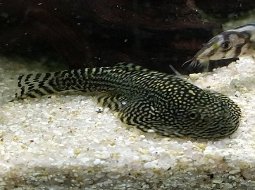
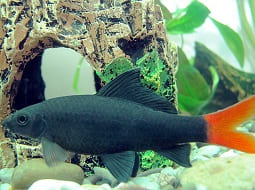
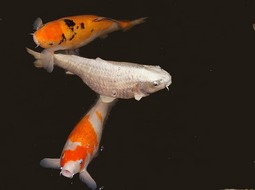

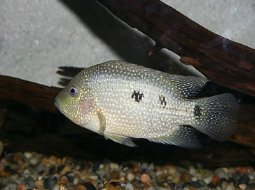
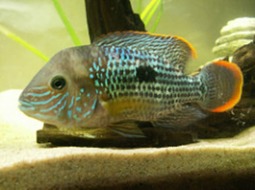
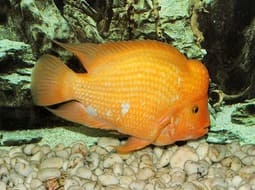
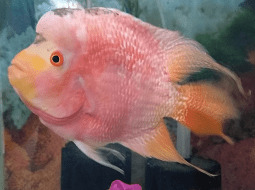
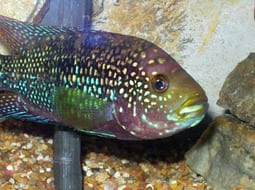
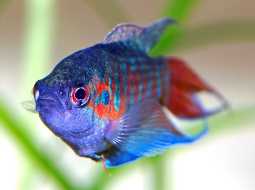

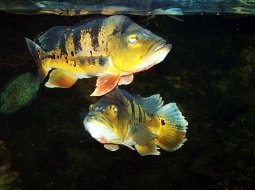


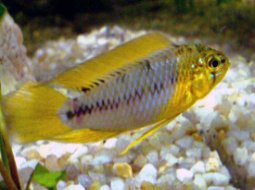
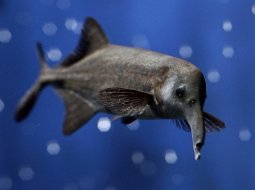
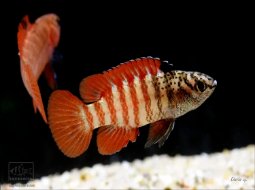

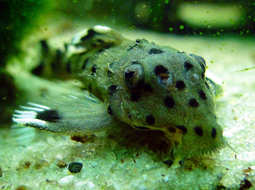

.jpg)
